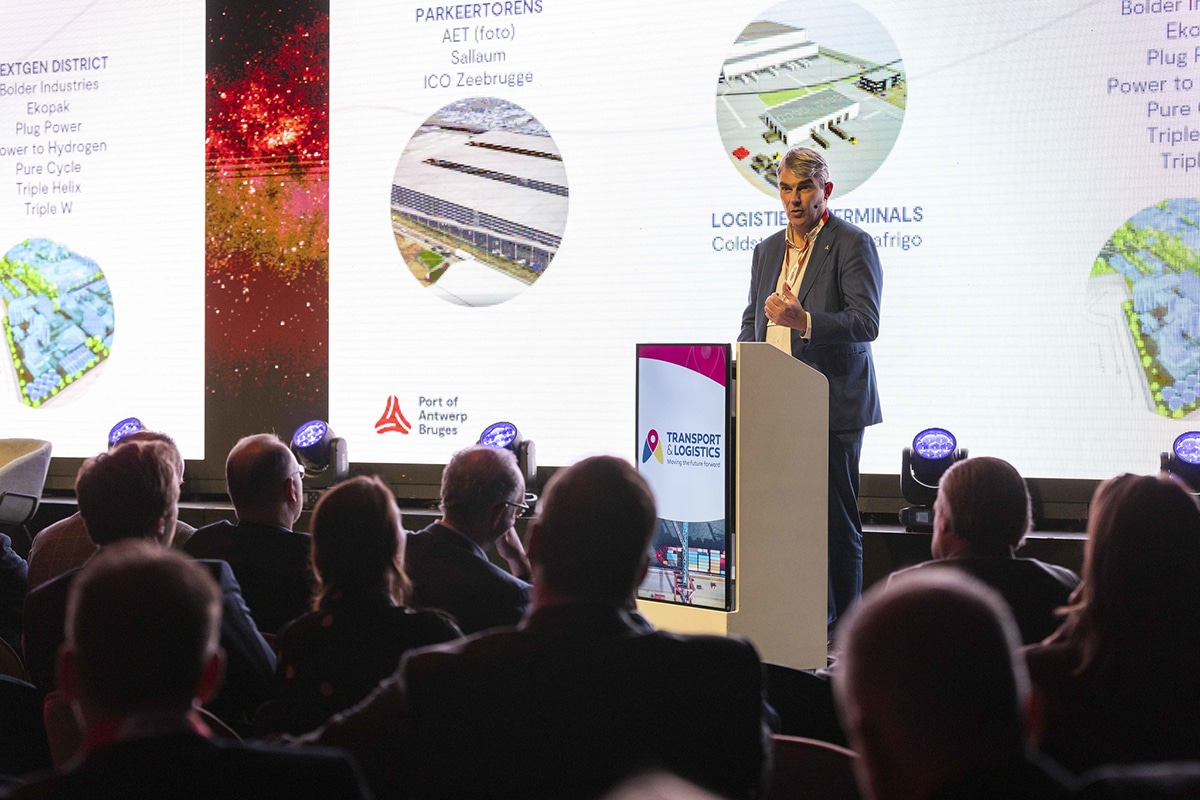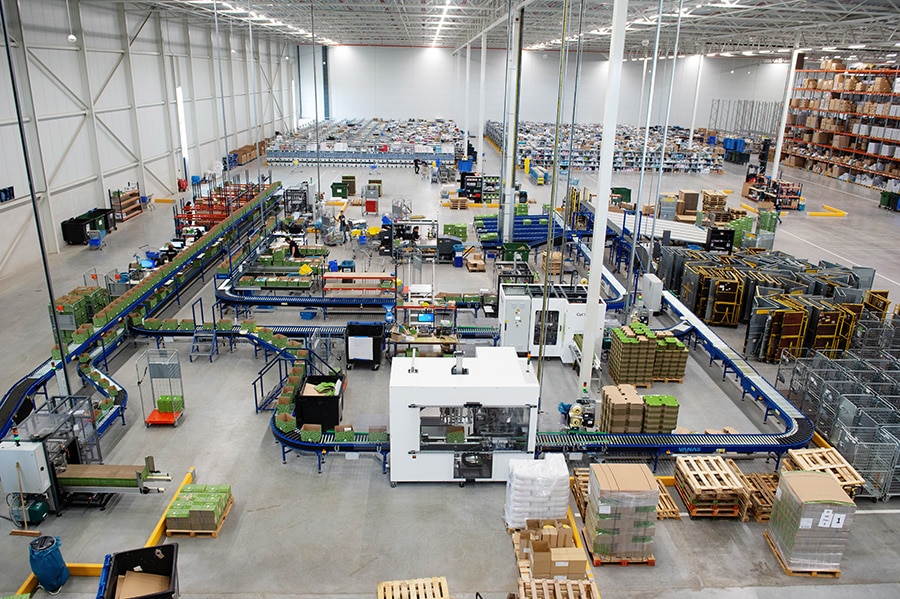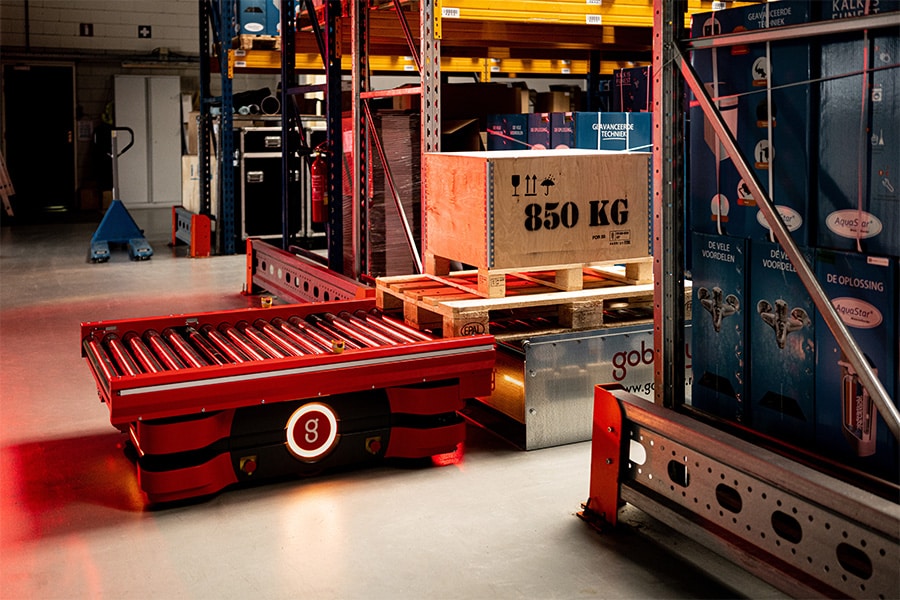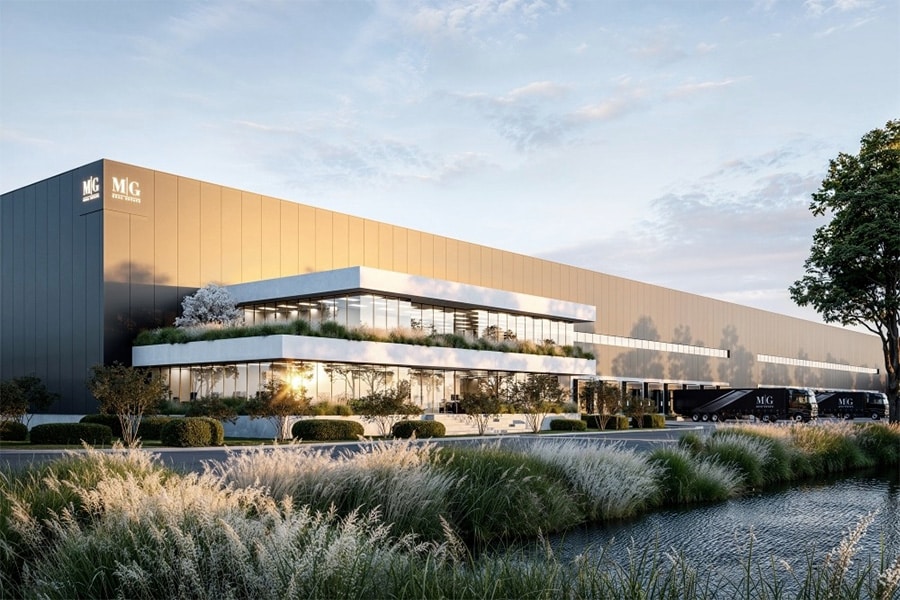
The new normal in logistics real estate
At the beginning of the year, the overview of international real estate consultant JLL provides a good gauge of the condition of the logistics real estate market. The turbulence of the corona years and the period that followed seems to have subsided, but the Belgian and Dutch real estate markets do face their own distinct challenges.
On the Belgian market, the Antwerp-Brussels axis is the yardstick for the state of logistics real estate. There is again slightly more vacant space available in those sought-after locations compared to a few years ago: 3.3 percent of the buildings there were vacant at the end of the fourth quarter of 2024. That's still not crazy much, but a year or two ago there wasn't a square meter to be had on this axis. That also had to do with the extraordinary impact of the Covid crisis on supply chains and the increased demand for space for (emergency) inventory. This is JLL's reason for comparing the 2024 figures with the 10-year average, because it allows for a better comparison with the "old normal" before the Covid crisis that colored the figures of the last five years.
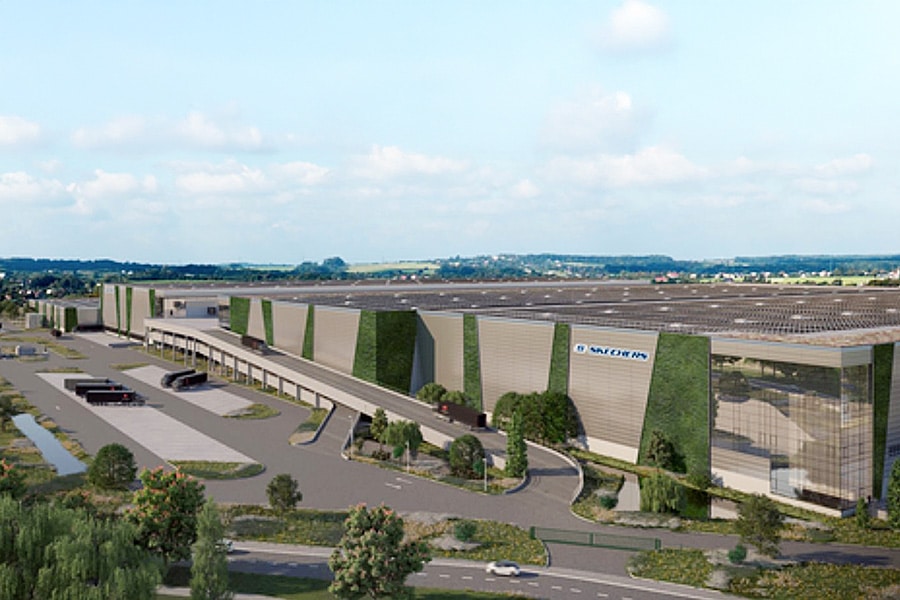
According to JLL, the Belgian logistics real estate market has shown resilience. Take-up is as high as 707,654 square meters. That's down from the strong 2023, but compared to the longer term, a robust performance. In any case, the performance of the Belgian real estate market in 2024 is strongly colored by one very large transaction in the Liège region: the occupancy of no less than 254,000 square meters in Weerts' WLP-X project, which leases these warehouses to Skechers. This project immediately illustrates a movement that has been going on in Belgian logistics for some time: logistics activities are increasingly settling in former industrial areas outside the classic logistics hotspots, because there is still space to be found there and a potential reserve of labor. That said, the Antwerp-Brussels axis still accounts for a third of the realized volume, with 221,544 square meters in total.
Rents on the Belgian market are up 3 to 6 percent. A square meter costs an average of 69 euros per year on the Antwerp-Brussels axis, and 55 euros in the booming area along the E 313 highway (Limburg and Antwerp Kempen). Despite the slightly increased vacancy rate, there remains scarcity on the Belgian real estate market. Permits for new construction are notoriously slow to be issued, which makes customers willing to pay a premium for strategically located existing buildings. Also, buildings that meet increasingly stringent sustainability requirements are still relatively scarce.
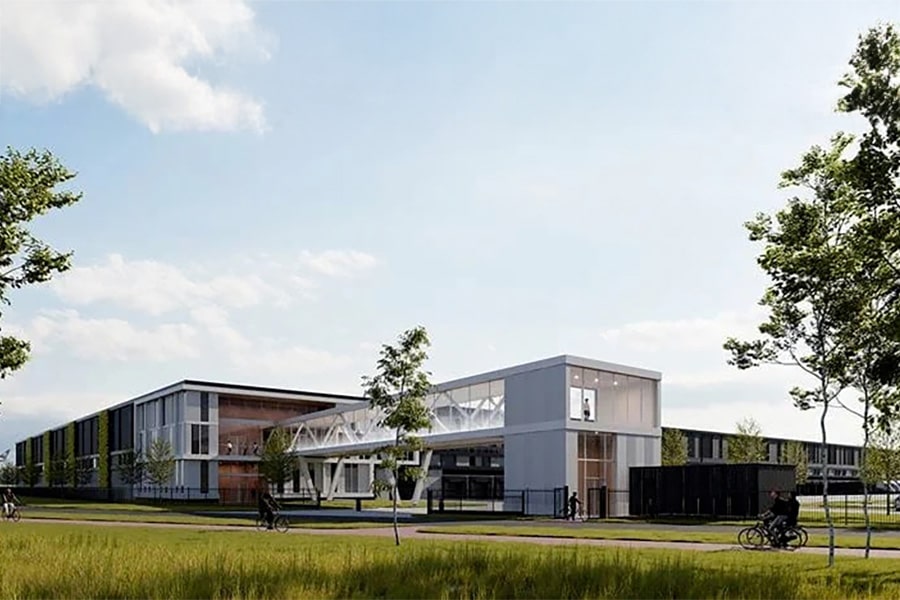
Scarcity and uncertainty
The situation is somewhat different in the Netherlands, knows Sven Bertens, head of research and strategy at JLL in the Netherlands. "The Dutch logistics market is a mature market that has a number of challenges," he says. "In the period 2023-2024 there was a take-up of about 2.7 million square meters per year. We expect demand to remain stable. Rental prices of 80 to 90 euros per square meter are common in coveted locations around Utrecht, Amsterdam and Rotterdam." When you consider that not even that long ago 45 euros per square meter was common, it is clear to see what scarcity and uncertainty do to prices. At least for investors, who have to rely on rental yields, it is not bad news.
All that makes 2024 an average year. Again, the market seems to have digested the bucks from the Covid years. As in Belgium, the role of "peripheral" areas in logistics also became more important in those years, with the development of new logistics in the areas around Flevoland Airport and Maastricht Airport and around center cities outside the Randstad like Tilburg, Eindhoven and Breda. North Brabant accounts for just under 950,000 square meters (out of a total of 2.7 million) of take-up.
The biggest challenge is the slowdown in the construction of new logistics real estate. It is not only the increased interest rates that play a role in this; even more than in Belgium, new logistics developments are viewed with skepticism in the Netherlands. Against the alleged proliferation and "doom" of the landscape, local governments are also taking action. Not to mention technical or practical objections such as the fact that the electricity grid is "full" and the nitrogen issue weighs on the possibility of building. Bertens' conclusion: "The Belgian market may be able to reap the benefits of the perils in the Netherlands."
The top three largest real estate transactions in Belgium
in 2024 is as follows:
*WLP-X (Liege): 254,000 square meters for Skechers, a realization of Weerts Group
*MG Big Bear (Ghent): 59,000+62,000 square feet for Eutraco, a realization of MG Real Estate
*MG Park De Hulst/Decathlon (Willebroek): 40,407 square meters for Eutraco, on the former site of sports chain Decathlon, a realization of MG Real Estate
The top three largest real estate transactions in the Netherlands
in 2024 looks as follows:
*Inditex (Lelystad): 123,000 square meters additional for Inditex, realization of DSV
*Rituals (Tiel): 75,000 square meters, a realization of Intospace
*ASML (Oirschot): 68,000 square meters, a realization of SDK Vastgoed
